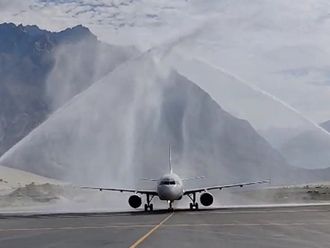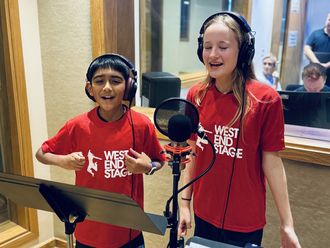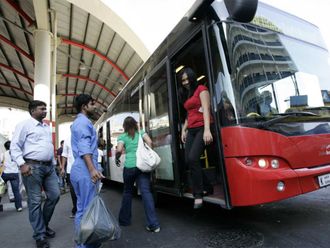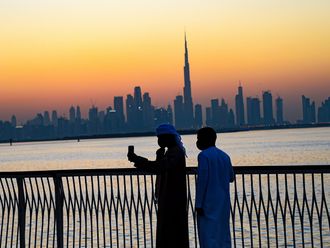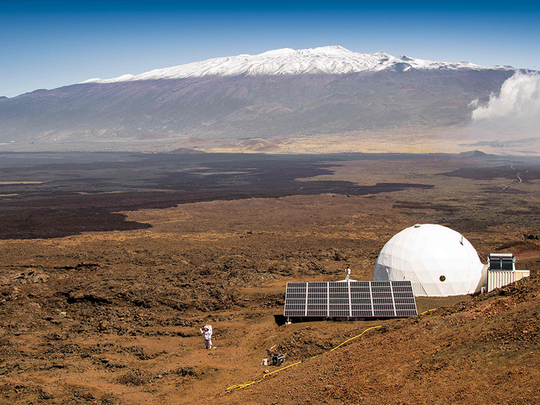
LOS ANGELES: The six people who went into isolation for a year in Hawaii to help Nasa plan for a mission to Mars emerged on Sunday, happy to breathe fresh air and meet new people.
The team was based on a barren, northern slope of Mauna Loa, living inside a dome that is 36 eet (11 metres) in diameter and 20 feet tall.
French astrobiologist Cyprien Verseux said that he was “feeling excited” about being in the open and eating fresh food again.
The most challenging aspect of the experiment was the monotony, he said in a Periscope interview by organisers posted on Twitter.
Crew members experienced no seasons inside the dome, and were able to go outside only dressed in spacesuits.
Nevertheless he was upbeat about the experiment results.
“A mission to Mars in the near future is realistic,” he said. “The technical and psychological problems can be overcome.”
The crew also included a German physicist and four Americans — a pilot, an architect, a doctor/journalist and a soil scientist.
The dome was located in a place with no animals and little vegetation around. The team locked themselves in on August 28, 2015.
The men and women had their own small rooms, with space for a sleeping cot and desk, and spent their days eating food like powdered cheese and canned tuna.
They had limited access to the internet.
Nasa’s current technology can send a robotic mission to the Red Planet in eight months, but any astronauts that would travel to Mars face a trip that would take between one and three years.
A typical current stint for an astronaut aboard the orbiting International Space Station is six months.
Christiane Heinicke, a crew member from Germany, said the scientists were able to find their own water in a dry climate.
“Showing that it works, you can actually get water from the ground that is seemingly dry. It would work on Mars and the implication is that you would be able to get water on Mars from this little greenhouse construct,” she said.
Tristan Bassingthwaighte, a doctor of architecture candidate at University of Hawaii, served as the crew’s architect.
“The UH research going on up here is just super vital when it comes to picking crews, figuring out how people are going to actually work on different kinds of missions, and sort of the human factors element of space travel, colonisation, whatever it is you are actually looking at,” Bassingthwaighte said.
Kim Binsted, principal investigator for the Hawaii Space Exploration Analog and Simulation (HI-SEAS), said the researchers are looking forward to getting in the ocean and eating fresh produce and other foods that weren’t available in the dome.
“HI-SEAS is an example of international collaborative research hosted and run by the University of Hawaii. So it’s really exciting to be able to welcome the crew back to earth and back to Hawaii after a year on Mars,” Binsted said.
Nasa funded the study run through the University of Hawaii. Binsted said the simulation was the second-longest of its kind after a mission that lasted 520 days in Russia.
Scientists in the Hawaii simulation managed limited resources while conducting research and working to avoid personal conflicts.







